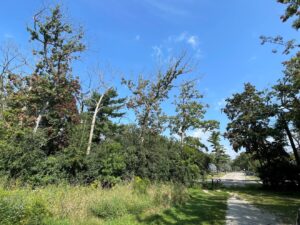
Oak decline and mortality at Big Foot Beach State Park in 2024. / Photo Credit: Wisconsin DNR
By Michael Hillstrom, DNR Forest Health Specialist
Michael.Hillstrom@wisconsin.gov
Oak decline and mortality continue to be an issue in Wisconsin, and because of the recent droughts and spongy moth outbreak, we expect these impacts to become more widespread this summer.
Forest decline is the progressive loss of tree and stand vigor and health over several years without obvious evidence of a single causal factor. Typically, trees die in a scattered fashion across a large area over several years. The additional stress from defoliation can result in pockets of heavy oak mortality, particularly on dry, sandy sites and steep, rocky ridges and hills.
Continue reading “Watch For Oak Decline And Mortality This Summer”

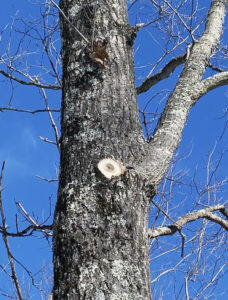
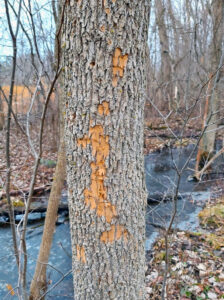
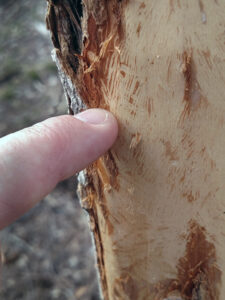
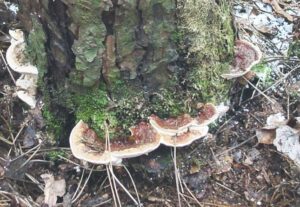
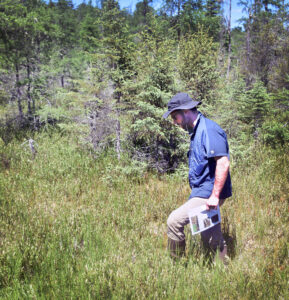
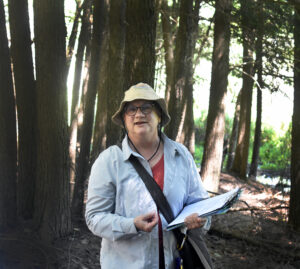
 Wisconsin winters with subzero weather can create problems for our trees. Frost cracks are one of those problems we’re seeing an uptick of lately. These longitudinal openings can run the entire length of the trunk, often extend deep into the wood, and permanently damage a tree. In wintertime, the tree may even look like it’s splitting in half! Then warmer weather comes, and the crack seems to close, repeating this process annually. Over time, frost cracks may even develop a raised area where callus tissue develops in an attempt to close over the wound, only to reopen again next winter.
Wisconsin winters with subzero weather can create problems for our trees. Frost cracks are one of those problems we’re seeing an uptick of lately. These longitudinal openings can run the entire length of the trunk, often extend deep into the wood, and permanently damage a tree. In wintertime, the tree may even look like it’s splitting in half! Then warmer weather comes, and the crack seems to close, repeating this process annually. Over time, frost cracks may even develop a raised area where callus tissue develops in an attempt to close over the wound, only to reopen again next winter.